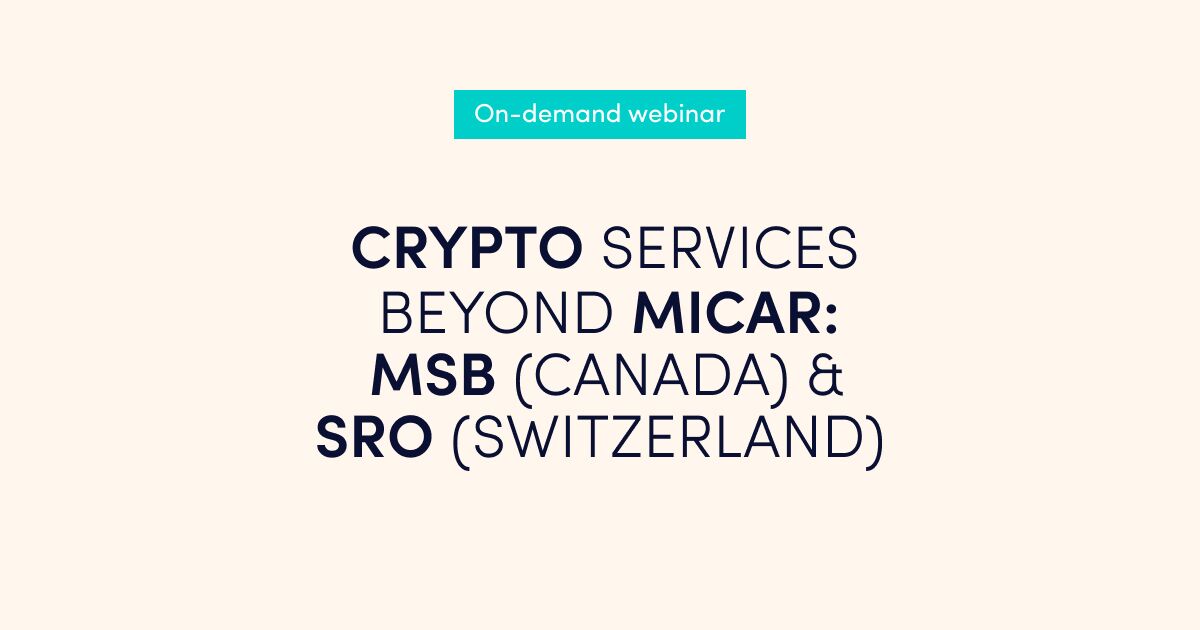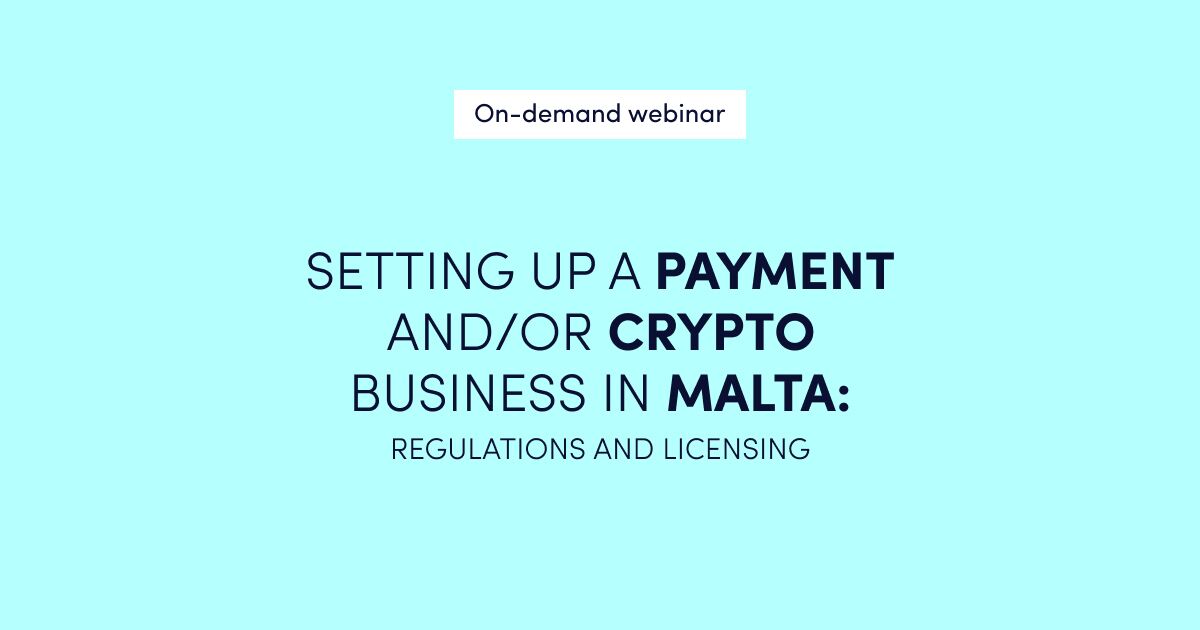To start a digital bank, an electronic money institution or an e-wallet service is far from easy. This involves an excellent “composition” of a great business idea or USP, highly professional specialists and high investments. Missing just one component may lead your plans to fail. In this article, we discuss what costs are expected when launching your digital bank, electronic money institution or e-wallet service.
Let’s go step by step….
STEP 1: Costs to start a digital bank – being authorised or registered as a financial institution agent
The provision of payment services or issuing of e-money is a highly regulated area, and only authorized or registered companies can provide such services. To start a digital bank, your business should comply with one of these conditions/requirements:
- to be authorised by the regulator as an authorised payment or e-money institution;
- to be registered as a small payment or e-money institution;
- to be registered as an agent of an authorised payment or e-money institution.
This means that you need to receive your own PI or EMI licence or be registered as an agent of another PI or EMI institution. Let’s now look at these 2 options and the costs involved in each process.
Obtaining your own licence
Obtaining a licence is a long and costly process, and the costs involved in hiring legal and business advisors are just a small part of the equation. Obtaining a licence includes costs for the team required to be formed before applying for a licence, initial capital, organizational expenses, as well as consultants and advisors to help you prepare the necessary documents. Additionally, you must be ready to prove your solvency to address future cash flow gaps during the initial years of operation, depending on the regulator in question.
We cover all costs involved in the licensing process in detail in our latest article here, but in short, here’s an estimation of the range of costs:
- Minimum Initial share capital – 125 000 EUR for payment institutions, 350 000 EUR for e-money institutions. Small payment and e-money institutions are not subject to mandatory initial capital requirements.
- Costs for the team – depending on the jurisdiction, agreement with personnel and number of staff, expect costs in a range of several tens to several hundred thousand euros per year.
- Preparation of your application and other licencing-related costs can be in the region of 150 000 EUR.
- Proof of solvency to address future cash flow gaps during the first years of operations, depending on your business plan and the regulator’s approach – from 200 000 EUR up to 500 000 EUR.
Operating under other licenced institution licence – BaaS, Licence-as-a-Service solution
BaaS is the second option on how you can operate in the regulated market. To do this, you need to become a registered agent of a licensed payment or e-money institution. When registering, agents receive the right to conduct payment services and e-money activity under a payment or e-money institution licence.
To connect to a specific BaaS provider, you need to go through the internal due diligence procedure after you are accepted by the BaaS provider – to be registered as an agent with the regulator. Take into account that registration with the regulator takes 2-3 months on average.
After all organisational and legal activities, the agent needs to be technically connected. There are some options on how it can be performed e.g. sometimes the agent can connect its front-ends to a back-office of the BaaS provider (if a BaaS provider offers such an option) or connect to the BaaS provider through an API from an implemented Core Banking system, e.g. Macrobank.
After the technical works are completed, the agent will be able to deliver payment services to its customers. But keep in mind that the final onboarding check is on the BaaS provider side, as from the legal and regulatory perspective, the onboarding of customers should be performed only by a licenced institution.
Let’s calculate costs. Depending on the BaaS provider, setup fees range from 15 000 to 75 000 EUR. Be also ready to pay a monthly fee – 3 000 – 10 000 EUR, depending on the provider and services. Each service, e.g. a commission for currency exchange or payment, will be charged separately.
As you can see, the two options differ and have their own pros and cons. It’s good to have your own licence as it provides independence, but it requires a lot of time and investment to receive one. Keep in mind that you won’t be able to start your operations until you become licenced.
On the other hand, working with a BaaS provider allows you to start your operations quickly and connect to a variety of ready payment or e-money services.
Next, the biggest expense for launching your fintech company is the IT system – Core Banking software.
STEP 2: Costs to start a digital bank – Core Banking software
Core Banking is a back-end system that’s able to process digital banking operations and transactions. Core banking software is a major component of your digital bank, and without it, you’ll neither be able to receive a licence nor operate as an agent of a licenced payment institution. In general, there are two ways in which you can prepare your company from the technical side:
- buy or rent ready-to-use software;
- develop in-house.
Before going deeper into these two options, you should know something from the outset – developing your software is much more expensive and takes well over a year to go live. What’s more, regulators are very reluctant to give licences to companies with in-house developed software and often prefer to accept candidates who plan to use software well-known to them.
Ready Core Banking software
If you decide to implement a ready solution, then you have 2 options:
- rent software – a SaaS option;
- buy a perpetual licence with or without software source codes.
From a financial perspective, a software licence is more profitable over a 5-year timescale, whereas with the SaaS option – the timescale is 1-2 years. Read this article to learn more about all pros and cons of these options.
Generally speaking, we would define 3 categories of the total costs for core banking software depending on the vendor and the software type:
Low-priced, basic, non-customizable software. The price ranges from 10 000 EUR as a monthly fee for SaaS (without a setup fee) and up to 50 000 EUR for a software licence. This type of software is well suited to companies that only want to open payment accounts for a limited number of customers and do not have any ambitions to improve and develop their product.
Medium-priced, customisable software. The price ranges from 10 000 – 15 000 EUR per month for SaaS without a setup fee or with a setup fee up to EUR 50 000 and 150 000 – 250 000 EUR for a software licence. This is optimal for startups aiming at continuous development of their products.
Expensive option. The price for a SaaS option starts from 250 000 EUR as a setup fee and from 30 000 EUR as a monthly fee, the price of a software licence starts from 1M EUR. This option is suitable for the largest fintech companies dealing with hundreds of thousands of customers and moving towards obtaining a banking license
Read this article, in which we give you the full picture of all costs related to Core Banking software.
In-house software development / custom-made software
If you offer very specific functionality that is not available on the market in terms of off-the-shelf solutions, a highly professional IT team, at least 1 year to play with and at least 1 M EUR, then the in-house development option could serve your business well. However, before starting in-house development from scratch – you should evaluate the ready core banking software available on the market. A perpetual licence with software source codes could serve your business well – as it will save you time and money, as you will be able to make the required developments and software additions more swiftly. This also is a good idea from the perspective of obtaining your own licence – as we mentioned before – because regulators are very strict when it comes to accepting in-house developments.
Refer to our latest article to learn more about all pros and cons of internal development. There are different risks, both financial and technological, associated with in-house development.
In summary, you should be prepared to spend 1M EUR to develop your own Core Banking and/or payment software, including end-user apps.
The main differences between these two options are time-to-market (in case of own development, it will be about a year) and investment needed (be ready to spend more at the start in case of own development).
If you chose to be registered as an agent of a BaaS provider, deployed your software and integrated it with the BaaS provider, it could be said that your project is in its final stage.
If you are an authorised financial services company and have purchased core banking software, you’re about halfway through becoming a fully-fledged fintech company. The next step is to develop your payment infrastructure.
STEP 3: Costs to start a digital bank – payment infrastructure development
This stage is only for licenced Payment and E-Money institutions as registered agents use a BaaS provider’s infrastructure.
When your legal/regulatory side and a technical solution are prepared, the next step is the connection to SEPA/SWIFT and other services (providers), as, without this, you won’t be able to provide any service.
To connect to the payment and banking infrastructure, you have 2 options:
- develop a payment infrastructure on your own – creating business partnerships and building integrations;
- connect to a BaaS provider who will provide you with ready-made infrastructure.
However, in most cases, payment and e-money companies use a combined approach in that they connect to BaaS providers and develop their own payment infrastructure simultaneously.
Developing your own payment infrastructure
Developing your payment infrastructure on your own is neither easy, fast, nor cheap. It requires vast knowledge in both – fintech business development and banking/payment technologies. Generally speaking, in order to provide common payment services like IBANs, currency exchange & payments, and card issuing, you need to partner with banks and payment service providers.
Connection to each partner can take at least 3 months as it involves the preparation of various documents and technical processes. For example, essential connection to SEPA and SWIFT is a sophisticated multistage project that can cost you in the region of 30 000 – 50 000 EUR and can take anywhere from 4 to 6 months.
We can roughly estimate the total costs involved in the development of your own infrastructure to be in the region of 100 000 EUR to get everything set up.
Connecting to a BaaS provider
On the other hand, connecting to a BaaS provider with ready-made infrastructure is much less complicated. Available Core Banking software, like Macrobank, that’s ready for integration with a BaaS provider, can shorten the time it takes to connect to a BaaS provider. Your BaaS provider will charge you a setup fee (15 000 – 75 000 EUR) and a monthly fee (3 000 – 10 000 EUR), as well as additional fees for each service (e.g. FX commission, any type of payment, card issuing, etc.)
Additionally, for both options, adding automated AML/KYC services – will involve a setup fee of around 10 000 EUR.
When comparing these two options, think about how fast you want to launch your services and how much money you would be ready to spend. Most probably, combining two options will be the best alternative for your business.
How much does it cost to start a digital bank – total costs
Let’s calculate everything together:
1) Total costs to start a digital bank: being authorised or registered
If you decide to obtain your own licence, expect the following expenses:
- 200 000 – 600 000 EUR to prepare all documents, hire a team and cover other licencing-related processes.
- 200 000 – 500 000 EUR to finance the company’s first year of operation and prove solvency to the regulator.
- At least 125 000 EUR (PI) – 350 000 EUR (EMI) for minimum initial capital.
If you decide to connect to a BaaS Provider, expect the following expenses:
- A setup fee of between 15 000 to 75 000 EUR and a monthly fee of – 3 000 to 10 000 EUR
- 200 000 – 500 000 EUR to finance the company’s first year of operation
2) Total costs to start a digital bank: core banking software
If you decide to buy or rent ready Core Banking software, then expect to pay: starting from 10 000 EUR per month as a SaaS monthly payment and 50 000 EUR for a software licence. Calculating roughly, for the year, allocate no less than 120 000 EUR.
3) Total costs to start a digital bank: development of payment infrastructure (for licenced institutions)
For the development of payment infrastructure, allocate around 100 000 EUR.
In summary, to launch a fintech company and finance the first year of operations, allocate from 300 000 EUR as a registered agent of a financial services company and from 750 000 EUR as an authorised financial services company. But keep in mind that these final figures reflect the minimum expected (the lowest level of) expenses, and most probably, your real expenses will be higher.
As you see, launching a digital bank or any fintech services company is both a complicated and expensive process. Before starting your project, be sure you have available funds to implement your business successfully.
About Advapay
Advapay is a technology company that provides a digital core banking platform for fintechs or digital banks enabling them to start their businesses and accelerate their time-to-market. The platform delivers all the main functionalities, including a front to back system and a set of tools allowing you to customise your solution and add new integrations. With Advapay, potential and existing customers can either connect to the cloud-based SaaS or implement on-premise software.
Besides the technical infrastructure, the company provides licensing and fintech consulting services, including assistance in building payment infrastructure.








